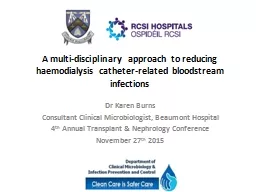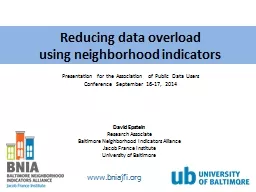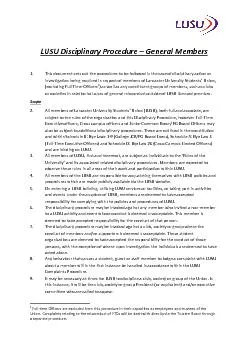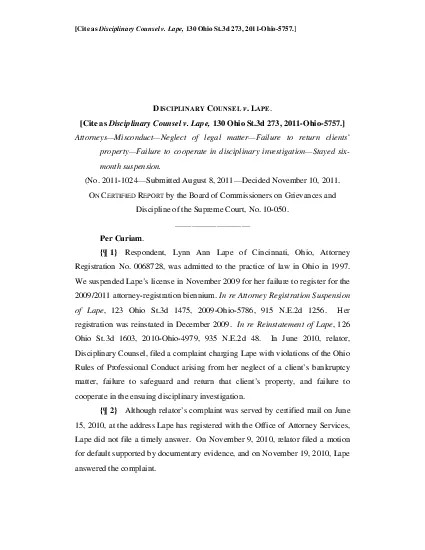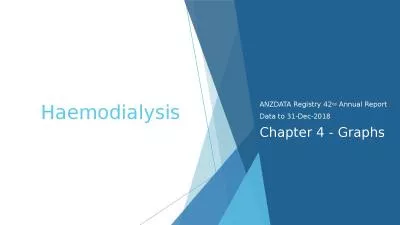PPT-A multi-disciplinary approach to reducing haemodialysis ca
Author : yoshiko-marsland | Published Date : 2017-06-29
Dr Karen Burns Consultant Clinical Microbiologist Beaumont Hospital 4 th Annual Transplant amp Nephrology Conference November 27 th 2015 Presentation Outline Introduction
Presentation Embed Code
Download Presentation
Download Presentation The PPT/PDF document "A multi-disciplinary approach to reducin..." is the property of its rightful owner. Permission is granted to download and print the materials on this website for personal, non-commercial use only, and to display it on your personal computer provided you do not modify the materials and that you retain all copyright notices contained in the materials. By downloading content from our website, you accept the terms of this agreement.
A multi-disciplinary approach to reducing haemodialysis ca: Transcript
Download Rules Of Document
"A multi-disciplinary approach to reducing haemodialysis ca"The content belongs to its owner. You may download and print it for personal use, without modification, and keep all copyright notices. By downloading, you agree to these terms.
Related Documents

